Fruit Salad

Materialer: None
Space requirements: Students sit in a circle on chairs or stand by individual cones, pieces of paper which indicate a place.
Instructions: Students sit around a circle on chairs with one student standing in the middle. All students are given a fruit to be by the teacher, an apple a pear or a banana respectively. The student in the middle shouts commands e.g. ‘All apples have to change place’. Then all apples have to find a new chair and the aim for the students is to find a place to sit. The student without a chair is the new student in the middle. The student in the middle can also shout ‘Fruit-salad’ which means that all students have to find a new chair.
Academic variations:
Years 0-2:
In language subjects different word categories can be exchanges for the fruits e.g. vowels and constantans, words with 2 or 3 letters.
In maths the two categories could be even and uneven numbers.
In science or geography the categories could be land animals or water based creatures.
Years 3-6:
In languages students can be split up in word classes such as nouns and adjectives. When a student shouts ‘red’ (for example) all the adjectives need to change place. More word classes could be used by saying ‘The boy swims’ or ‘the girl sails quickly’. If these are said then all word classes used need to find a new chair.
In maths the categories could be the 2x, 3x or 4x table. If the number 15 was used then students in both the 3x and 5x table categories would have to find a new chair.
In Religious Education the categories could be Buddhism, Christianity and Islam and the student in the middle names a central religious day or a central religious figure.
Years 7-10:
In geography the categories could be countries, towns and islands.
In biology the categories could be fish, birds and snakes.
In languages the categories could be verbs, adjectives and nouns.
In social studies the categories could be socialism, liberalism, and conservativism where the person in the middle says the name of politicians or political parties.
It’s a good idea to prioritise time for an academic conversation about the answers that students use during the activity.

